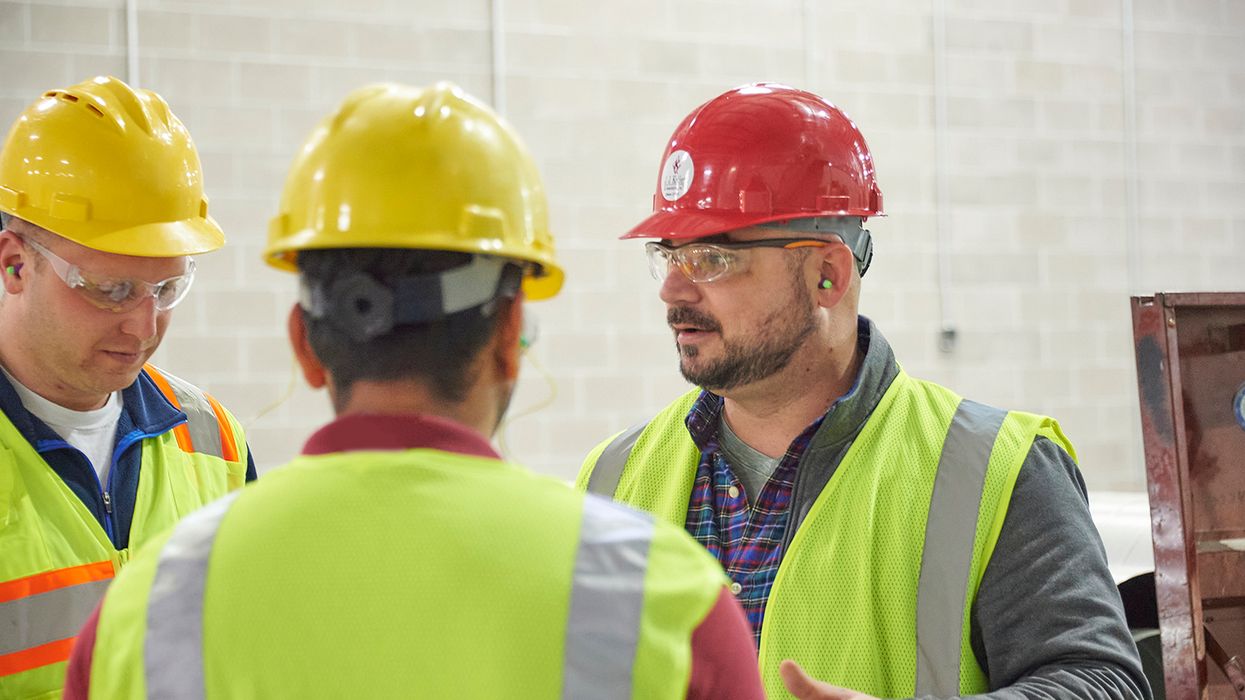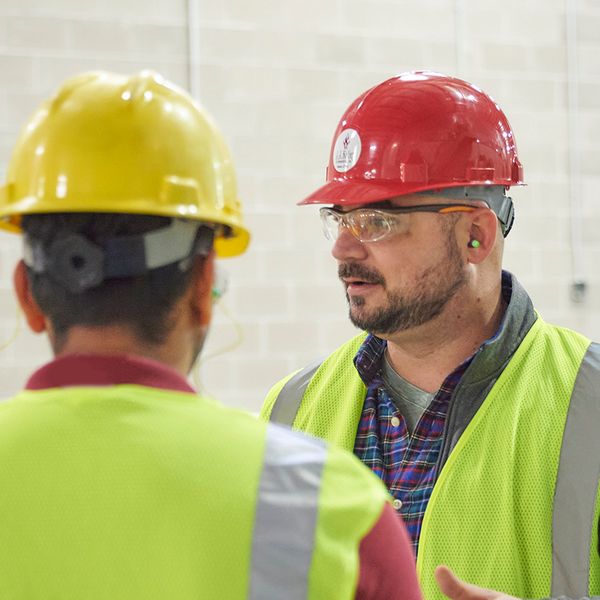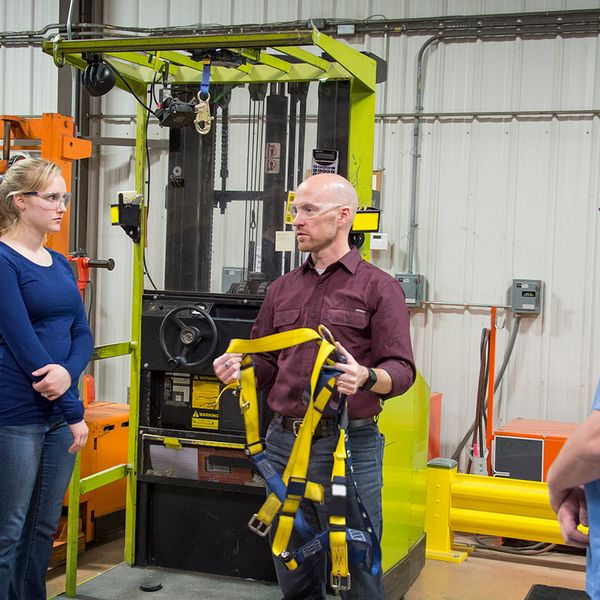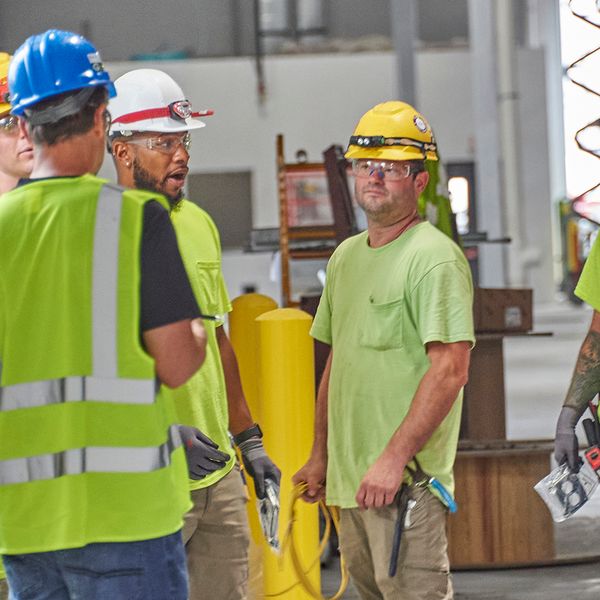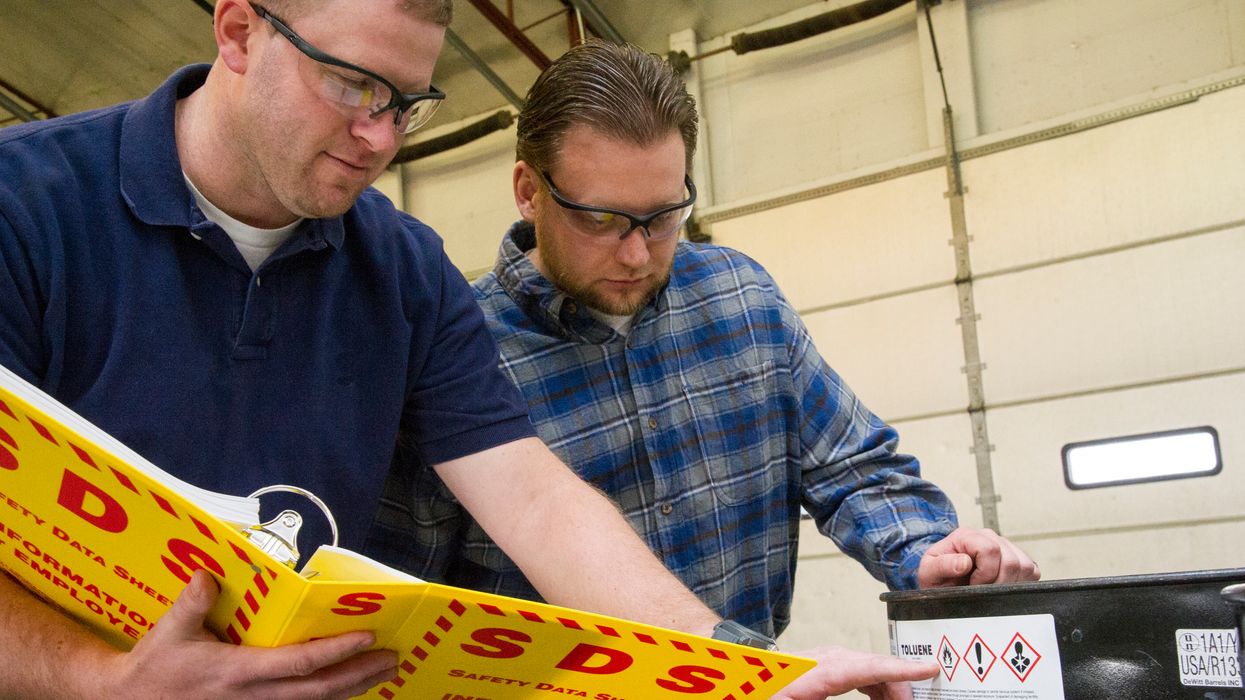What’s your biggest training challenge?
Throughout the last three years as a safety professional, I’ve learned much about safety training. In that time, I’ve learned that many employers face a tougher time training the experienced employee. You’ve heard it before: “I’ve done it this way for years and nothing bad has happened to me!”
If you can relate, you’re not alone. One common challenge is reaching the workers who are also at risk for injuries — and it’s not your new workers!
The challenge
Oddly enough, the other group of employees who tend to have the most injuries are your most experienced workers — those who have been with the company for a long time. Sure, new employees often require a lot of training, and that means they have a lot to remember. A new employee lacks experience and needs to remember a lot of new rules. However, even if they know all the rules, experienced workers may have started taking shortcuts in the past to get their work done faster. So even though it might seem counter-intuitive, your most experienced workers may be the most at risk! Training experienced workers can be a challenge because they may believe that they know the “best” way of getting the job done.
The solution
You want to ensure your workers know you’re listening and that you care. Here are a few tips to help implement change in your workplace:
- Ask, don’t tell. Experienced workers may be more apprehensive to adopt new work rules if they’re told to. For example, instead of commanding your employee, you may instead ask, “How would you feel if we made a change to workplace rules?”
- Become a safety confessional. Of course, being a leader (safety professional) in your workplace means directing traffic, so to speak. However, take time to hear your experienced workers out. Their knowledge of the industry can help guide your decision making. Set time aside to listen to employees express their concerns about workplace rules.
- Follow-up. Experienced workers like knowing their concerns are valuable. If they suggest a concern or even offer a change to workplace processes, follow up with them. Saying, “Let’s try out your idea, and then reassess in a month,” can go a long way.

